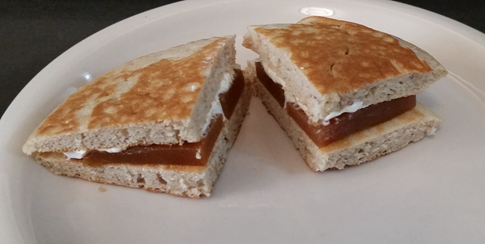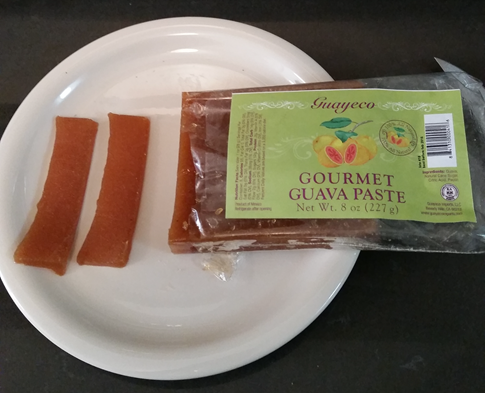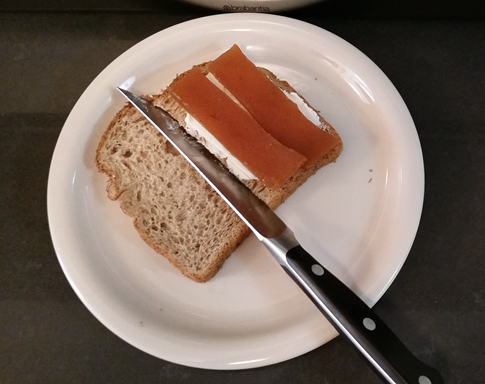How to make a Romeo and Juliet sandwich
 Subscribe to Decision Science News by Email (one email per week, easy unsubscribe)
Subscribe to Decision Science News by Email (one email per week, easy unsubscribe)
THE OPTIMAL DECISION SCIENCE FOOD
The question often arises: What is the best decision science food?
The answer is quite simple. It’s the Romeo and Juliet sandwich, which is an adaptation of the popular Brazilian desert “Romeu e Julieta”. We came across this delicacy quite accidentally last year and noticed a sudden reinvigoration of our decision science faculties. We then modified it slightly to make it easier for those shopping in North America and Europe by substituting cream cheese for Minas cheese. We also turned it into a sandwich, for portability.
Why is the Romeo and Juliet sandwich the perfect decision science food?
Decision science requires concentration, so its practitioners don’t want something that will put them into a food coma. As Benjamin Franklin said “Eat not to dullness“.
Decision science requires long hours at the computer, so its practitioners want something they can eat neatly at their desks.
Decision science requires satisfying multiple objectives, so its practitioners want something that delivers sweet and salty tastes at once.
Ingredients:
- 1 piece of bread
- White cheese (e.g., queso fresco, canastra, minas cheese, cream cheese)
- Guava paste (goiabada)
Directions:
1) Slice off enough guava paste to cover half a piece of bread
2) Cover half the piece of bread with white cheese and lay the guava paste on top of it. Cut the piece of bread in half.
3) Place the remainder bread atop the sandwich. Cut again.
4) Enjoy!
Bonus points:
1) Use an almond flour pancake instead of a piece of bread

One of our offspring, despite sharing a name with Romeo and Juliet, refuses to eat the Romeo and Juliet sandwich. The reason given is a dislike of guava paste, which the child has never eaten. Neophobia, or fear of the new, has been used to characterize rats’ preferences for foods (p. 76) and childrens’ preferences for babysitters (p. 87). But please don’t let it stand in the way of your doing better decision science.




